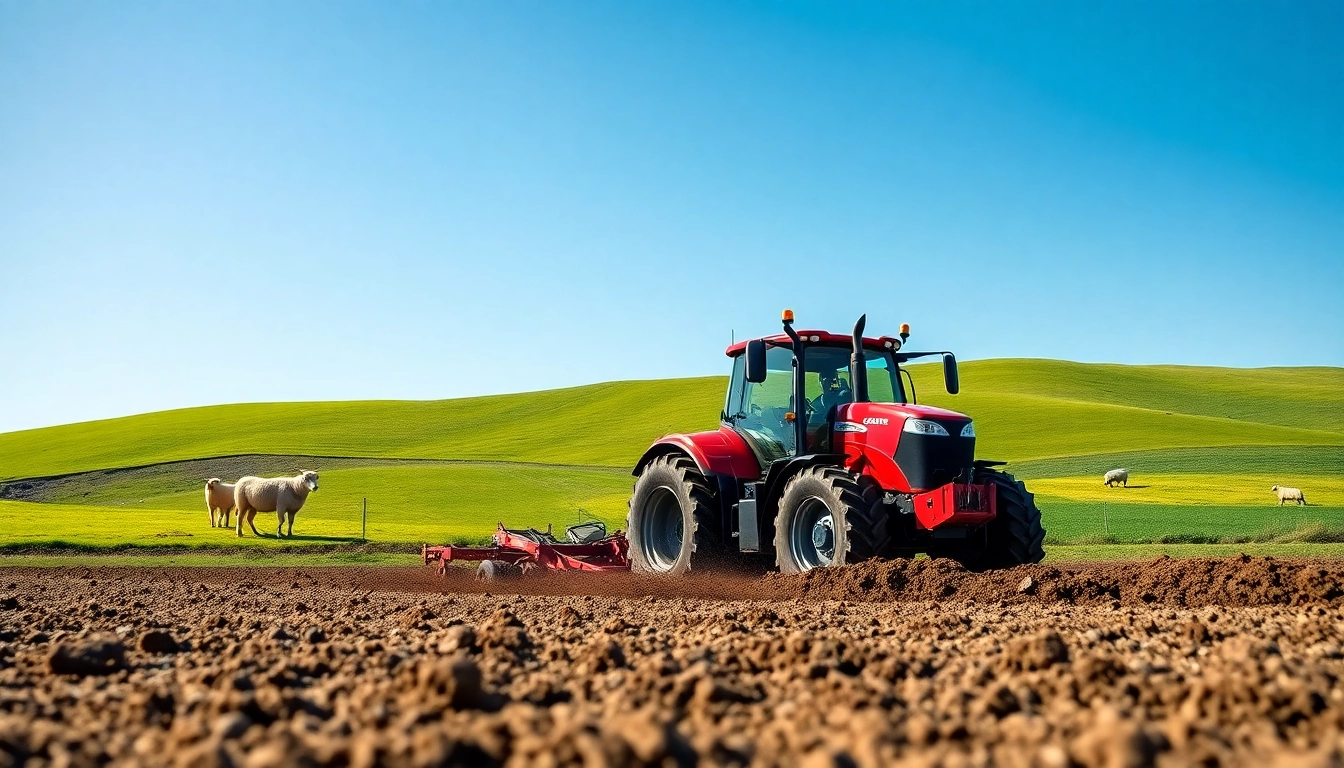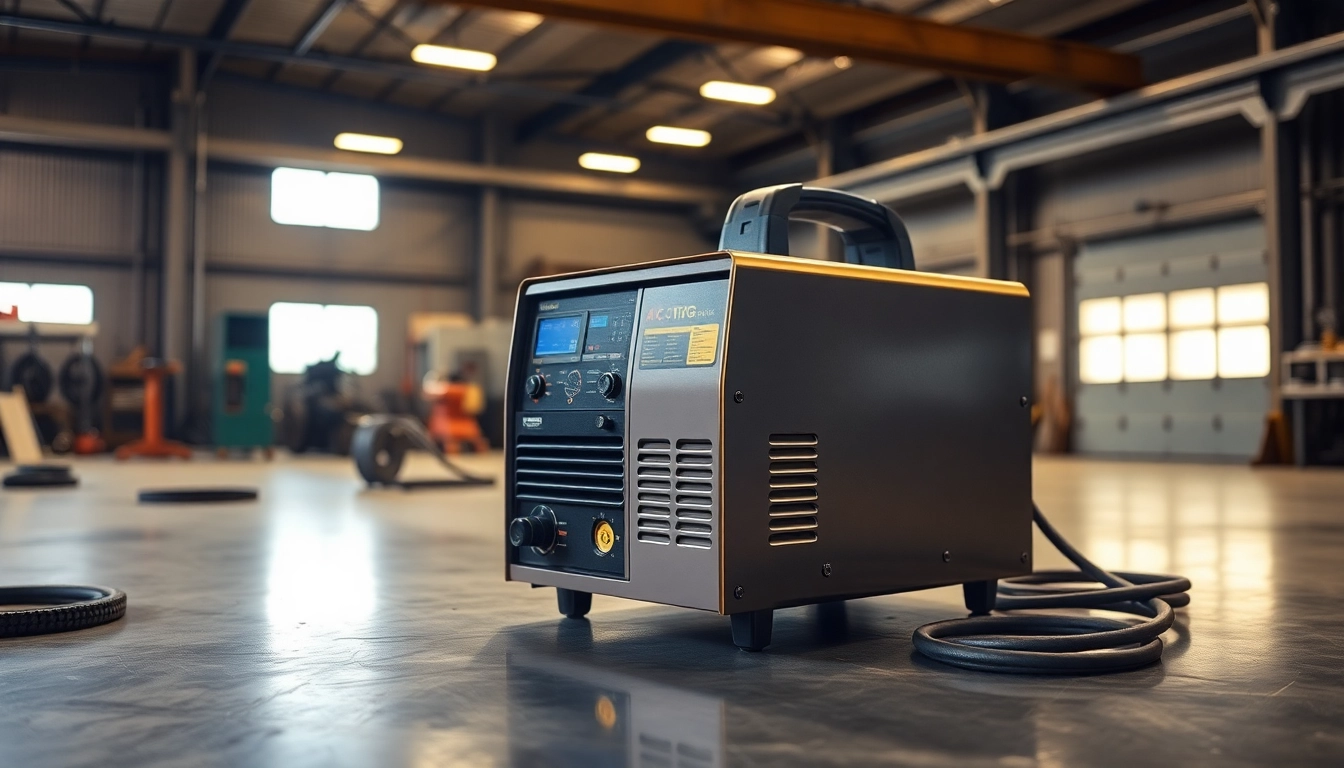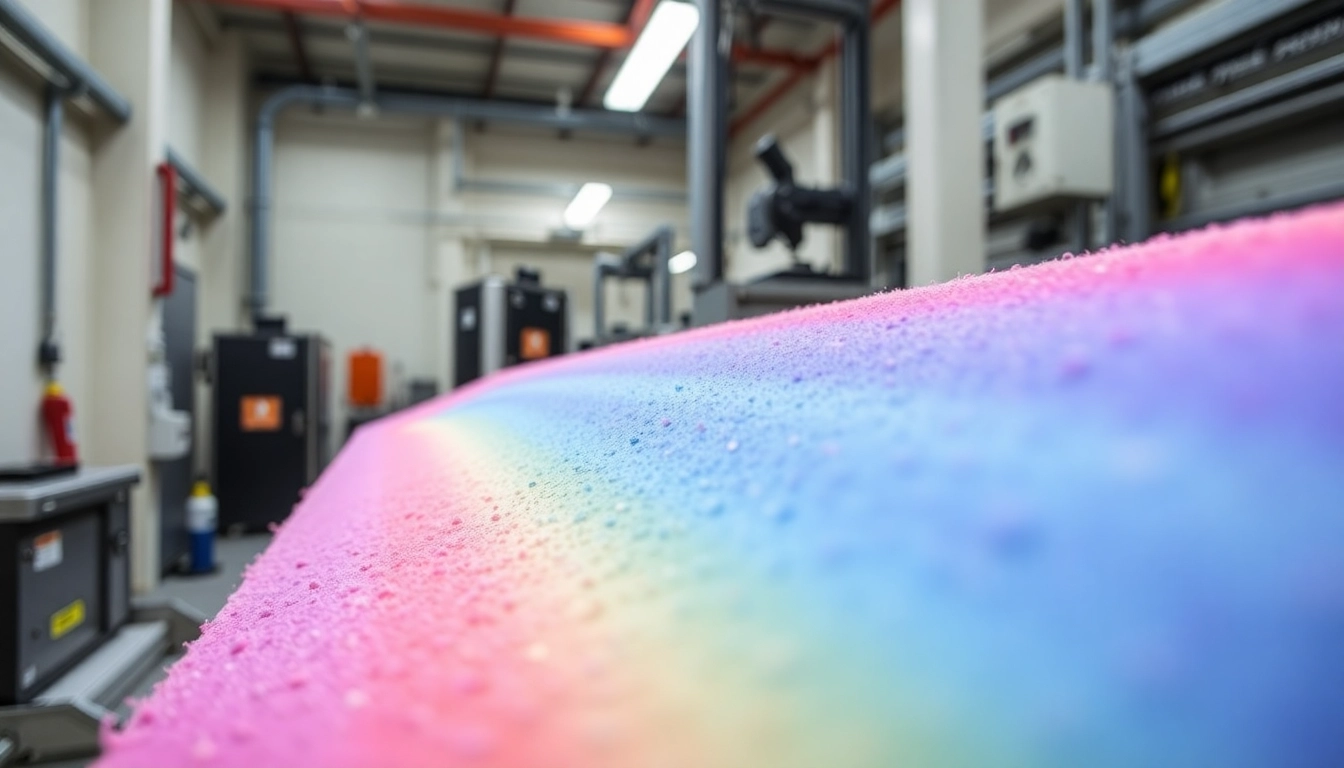Understanding Precision Die Cutting
What is Precision Die Cutting?
Precision die cutting is a manufacturing process that uses specialized tools to cut materials into precise shapes and dimensions. It involves the use of a die, typically made of steel, which is pressed into the material to form specific shapes, whether it be for packaging, components, or decorative purposes. This method is perfect for producing items in bulk with consistent accuracy, ensuring that each cut piece aligns with strict specifications.
The precision involved in this technique makes it invaluable across various industries, enabling the production of intricate designs with smooth edges and minimal waste. Companies looking for fast turnaround times often rely on precision die cutting to meet their needs, as it combines efficiency with high-quality output.
Applications of Precision Die Cutting
The applications of precision die cutting are vast and varied, spanning numerous sectors including packaging, automotive, electronics, and medical devices. In packaging, companies utilize die cutting to create boxes, labels, and inserts that not only fit product requirements but also enhance brand presentation. In the automotive industry, custom gaskets and seals produced through precision die cutting ensure optimal functionality and performance.
Moreover, in electronics, precision die cutting is employed to craft insulation layers and circuit boards, playing a crucial role in the functionality and safety of electronic devices. The medical field benefits from this technology through the manufacturing of specialized components, such as bandages and surgical implants, where precision is paramount.
The Technology Behind Precision Die Cutting
The technology used in precision die cutting has advanced significantly over the years. Contemporary methods often include both traditional tooling and modern techniques like CNC machining, which allows for even more complex designs and patterns. Rotary and flatbed die cutting are two primary methods employed in the industry. Rotary die cutting uses a cylindrical die to produce continuous lengths of die-cut pieces, making it ideal for high-volume production. On the other hand, flatbed die cutting employs a flat die on a flatbed press, making it suitable for thicker materials and shorter production runs.
Emerging technologies such as laser cutting are also making their presence felt in the realm of precision die cutting, providing the ability to cut intricate patterns without the physical constraints of metal dies. This advancement allows manufacturers to quickly prototype new designs and respond to market demands with agility.
Key Benefits of Precision Die Cutting
Quality and Consistency in Production
One of the primary advantages of precision die cutting is the high level of quality and consistency it offers. Each die-cut piece is produced under the same conditions and specifications, leading to uniformity across large production runs. This reliability ensures that products not only meet regulatory standards but also maintain the brand’s quality reputation. For example, a packaging manufacturer may find that consistent dimensions in their boxes lead to better fitting during transportation and storage, which can significantly reduce costs associated with damage.
Cost-Efficiency and Speed
Precision die cutting is also recognized for its cost-effectiveness, particularly in large-scale productions. By utilizing a die that can produce thousands of impressions in a short period, businesses can reduce labor costs and material waste. Moreover, once a die is created, the production cycle time is minimal, enabling companies to meet tight deadlines without sacrificing quality.
Additionally, the ability to quickly switch between different die designs means that businesses can respond faster to changing market demands, further enhancing their competitiveness in the landscape.
Versatility Across Different Materials
Another notable benefit of precision die cutting is its versatility across various materials. The process can accommodate a wide range of substrates including cardboard, plastic, metal, fabrics, and foam. This adaptability is crucial for industries that require customized solutions tailored to specific products. For instance, in the medical sector, foam insert components must be die-cut to create precise shapes for packaging delicate devices, ensuring that they remain secure and protected during transit.
Moreover, the capability to die cut multiple layers of material simultaneously has revolutionized production methods, allowing manufacturers to streamline their processes and save time.
Choosing the Right Die Cutting Method
Flatbed vs. Rotary Die Cutting
When selecting a die cutting method, businesses often weigh the benefits of flatbed versus rotary die cutting based on their production needs. Flatbed die cutting is most effective for thicker materials and intricate cuts that require more force to penetrate through the material. This method is typically slower and best suited for shorter production runs or custom jobs where precision is crucial.
In contrast, rotary die cutting offers speed and efficiency, making it appropriate for high-volume runs. This method can handle large rolls of material and cut complex designs easily, making it ideal for packaging producers who require both precision and speed. Understanding the specific requirements of the project can help companies determine which method will deliver the best results for their needs.
Evaluating Material Types
Different materials can greatly influence the choice of die cutting method. It is essential to assess the material characteristics—including thickness, flexibility, and adhesion properties—prior to selecting a method. For example, thinner materials may be better suited for rotary die cutting, while thicker, more resilient materials might be best processed through flatbed cutting techniques.
Furthermore, understanding how a material behaves during the die cutting process can aid in preventing issues such as tearing or misalignment, ensuring that the pieces produced meet the intended design and functionality.
When to Use Laser Cutting Techniques
Laser cutting techniques have grown in popularity within the die cutting field, particularly for applications requiring intricate designs that traditional methods may struggle to achieve. With its ability to cut, engrave, and mark materials using a focused laser beam, this technology provides unmatched precision and versatility. Laser cutting is particularly advantageous for prototyping, as it allows for rapid adjustments and modifications without the need for new dies.
This method is most suitable for specific applications, such as creating complex patterns for apparel or detailed engravings in components. However, while laser cutting may provide exceptional precision, cost considerations should also be evaluated, particularly in high-volume scenarios where traditional die cutting might be more economically viable.
Precision Die Cutting Process
Initial Design and Prototyping
The precision die cutting process begins with an essential design phase. Collaborating closely with clients, engineers develop blueprints that incorporate all desired specifications and functionality elements. Prototyping is an integral part of this initial phase, allowing for the testing of designs before full-scale production begins.
Using CAD (computer-aided design) software, manufacturers can create detailed designs that can be tested virtually for structural integrity and performance parameters. This step aids in identifying potential design flaws early in the process, reducing the risk of costly mistakes during production.
Production and Quality Control Standards
Following successful prototyping, the production phase commences. Precision die cutting must adhere to strict quality control standards throughout production runs. This often involves regular inspections and testing to ensure that each batch meets the strict guidelines set out in the design phase. Techniques such as in-line inspections and performance metrics help maintain high standards of quality.
Companies may also adopt certifications such as ISO 9001 to maintain quality assurance and demonstrate their commitment to consistent production standards, instilling confidence in their clients and customers.
Post-Production Processing
Once the die cutting is complete, the post-production processing stage begins. This may involve additional steps such as assembly, laminating, coating, or applying adhesives to ensure that products are ready for their intended use. The post-production phase is as crucial as the initial cutting process, as it determines the final product quality and performance.
For example, in the automotive industry, the precise shaping and sealing of components may be essential to ensure proper assembly and longevity of parts. Therefore, post-production standards must reflect the high levels achieved during die cutting to minimize rework and maximize product effectiveness.
Future Trends in Precision Die Cutting
Technological Innovations and Advancements
The future of precision die cutting is likely to witness several technological advancements that will further modernize the industry. Innovations in automation and robotics are already beginning to play a pivotal role in enhancing production efficiency and precision. Automated die cutting systems can reduce labor costs and improve accuracy through less human intervention, leading to faster turnaround times.
Furthermore, the integration of Artificial Intelligence (AI) into die cutting processes may allow for smarter machinery that can self-correct during production, reducing errors and optimizing material usage in real-time. Such advancements promise to elevate the capabilities of precision die cutting to new levels of efficiency and adaptability.
Sustainability Practices in Die Cutting
As with many industries, sustainability is becoming an increasingly important focus in precision die cutting. Companies are actively seeking ways to reduce waste, recycle materials, and utilize sustainable substrates. This shift not only supports ecological goals but aligns with consumer preferences for environmentally friendly products.
Practices such as implementing eco-friendly adhesives, using recyclable materials, and optimizing cutting processes to minimize scrap feed are gaining traction within the industry. By investing in sustainable practices, manufacturers can enhance their brand image and appeal to a broader customer base focused on sustainability.
Market Demands and Evolving Applications
As the market evolves, so too do the demands for precision die cutting. New consumer preferences for customization and unique designs are driving manufacturers to adopt more flexible die cutting technologies that allow for smaller production runs and greater design variation. This trend is particularly notable in sectors such as packaging and product design, where personalized solutions are becoming increasingly valuable.
Moreover, industries such as medical and electronic components are demanding tighter tolerances and evolved production expectations, urging producers to refine their processes and outputs continuously. Keeping abreast of these trends ensuring that businesses in the precision die cutting space remain competitive and responsive to client needs.


